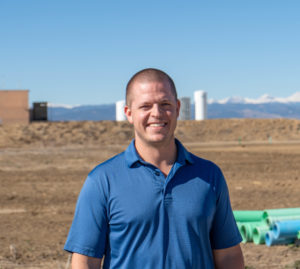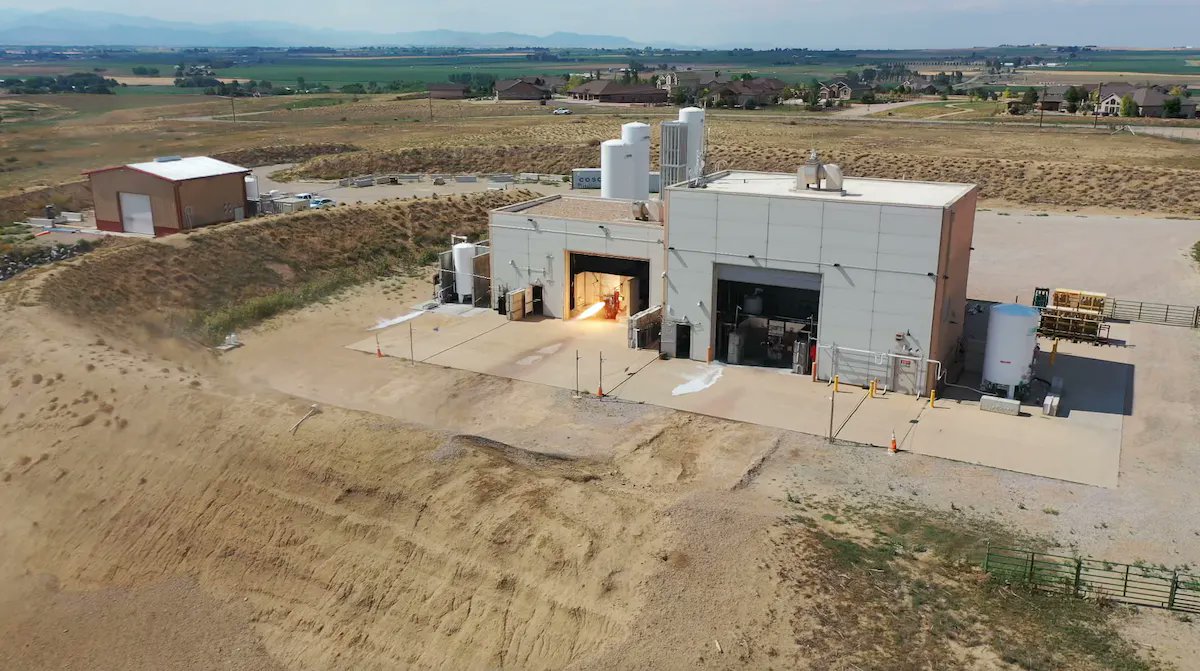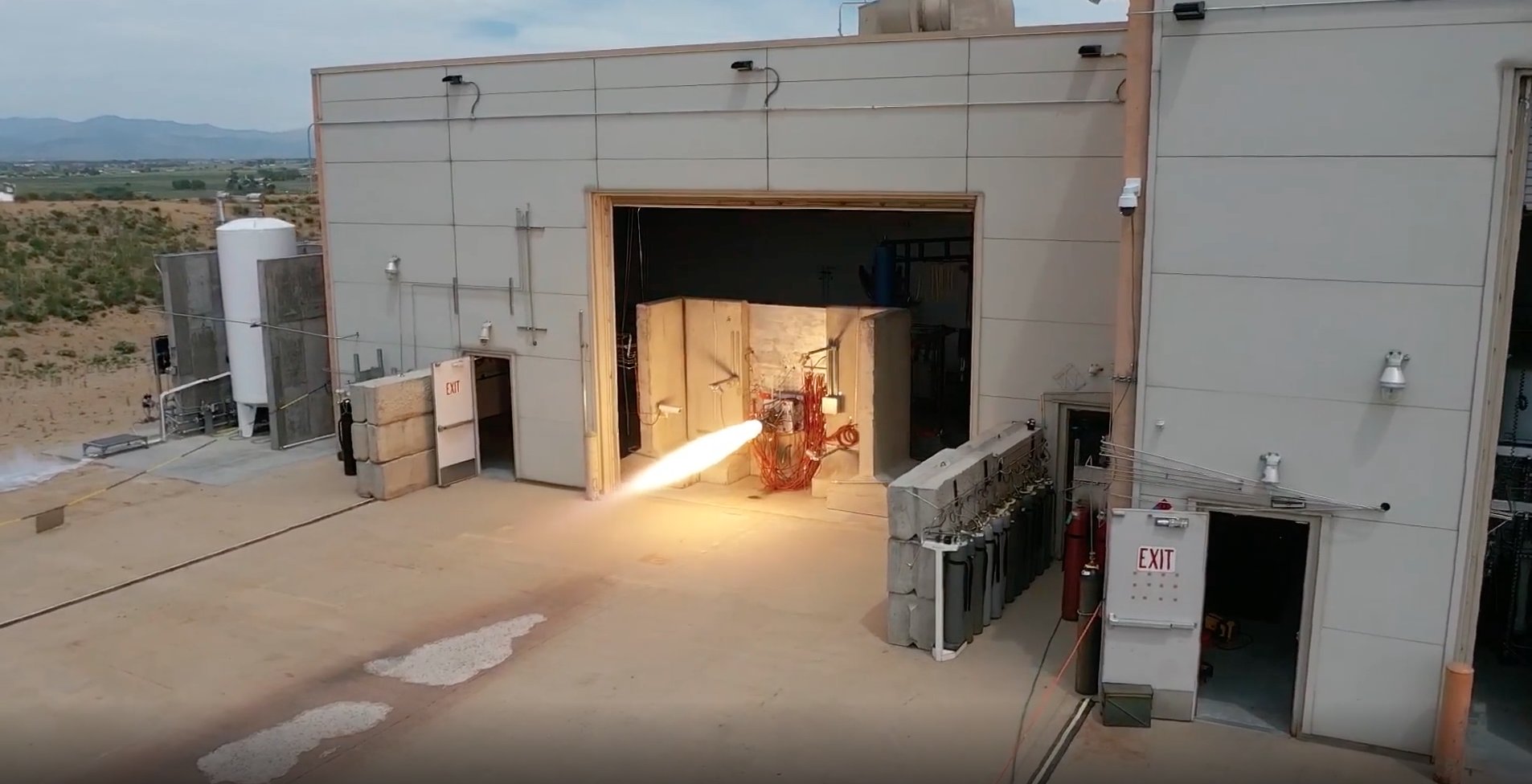“Let’s build some engines!” That’s essentially what Ursa Major is doing. Based in Colorado, this space technology business is racing to improve humanity’s quest to explore the universe – several engines at a time. With its cutting-edge 3D printing techniques, copper-alloy materials, and a team of more than 250 aerospace and propulsion experts, Ursa Major thrives in an industry dominated by big players and traditional production methodologies. The key to its success is funneling a niche market in America solely focused on rocket propulsion.
Founded on the premise that propulsion is the backbone of the journey to space, Ursa Major realized from the outset that delivering affordable rocket engines is vital in the competitive space race environment. It has turned to additive manufacturing, which reduces lead time and cost against conventional production techniques. The complex shapes and geometries that are often challenging and expensive can be made with AM resulting in newer engine designs that are economically and technically achievable.
To optimize the unique part creation of its engines for launch and hypersonic applications, Ursa Major leverages additive manufacturing (AM) processes.
In 2015, company founder and former Propulsion Engineer at SpaceX and Blue Origin, Joe Laurienti, turned to AM technology, simulation, and 3D design software to modernize the development of staged combustion engines. The company successfully designed and built two liquid oxygen and kerosene combustion engine models, Hadley and Ripley, and is currently working on a third engine called Arroway. Through internally developed materials and processes, Ursa Major additively manufactures 80% of its engines.
Passionate about propulsion
Key to its success is the ongoing collaboration with AM veteran EOS. Together they have sped up engine production and improved performance and reliability. But how is this possible, given the persisting supply chain issues for engine manufacturers?
To learn more about Ursa Major’s propulsion solutions, 3DPrint.com talked to the company’s Director of Advanced Manufacturing & Materials, Jacob Bowles, and EOS Senior VP of Applied Technologies, Greg Hayes.
Copper is at the cusp of transforming the manufacturing space, explain the experts, and with the help of EOS 3D printing technology, Ursa Major delivered its first copper-based 3D-printed rocket engine components. As a manufacturer of turnkey propulsion solutions for a wide range of vehicles servicing the orbital launch community, Ursa Major is aiding humanity’s endeavor to explore the universe. To do this, the company has an EOS laser powder bed fusion 3D printer, the M400, in-house specifically used for creating copper alloy parts.
So far, it’s a small but tactical operation, explains Bowles. “Our efforts have been focused on developing the process and parameters for our copper alloy engine program, including combustion chambers and liners.”
Design, build and test hardware to run the engines
From the start, Ursa Major wanted to reduce the production and delivery cycles compared to traditional manufacturing and turned to 3D printing.
“It enabled access to a quicker timeline of sourcing parts to test on the stand reducing that cycle time, which is incredibly important in development, and also allowing Ursa designers to have flexibility with their conceptual design,” describes Bowles. “We’re excited about improving the status quo on manufacturing lead times, and additive specifically is one of the biggest opportunities for us to do so.”
But disrupting the industry is not new to 3D printing veterans like EOS. Hayes says that with 3D printing, no matter how much better the technologies get, the production timeframes are still incredible compared to traditional manufacturing paths, where months of manufacturing are the norm.
“3D printing has greatly impacted how fast industries can innovate and really how fast they’ve been able to drive their application technologies further,” commented Hayes.
At Ursa Major’s Advanced Manufacturing Lab in Youngstown, Ohio, which is overseen by Bowles and began operating in October of 2021, the EOS printer produces rocket engine components on demand. Last July, it delivered the first copper-based 3D-printed rocket engine combustion chambers, compressing the production and delivery cycle to one month, compared to the six-month minimum it takes using traditional manufacturing processes.
For Bowles, seeing the output from that lab and the impact that it’s had on the development program for the Hadley, a 5,000-pound thrust and oxygen-rich staged combustion engine capable of launching orbital and suborbital vehicles, is incredible.
The Youngstown 3D printing lab was critical to rapidly redesigning Ursa Major’s Ripley from a 35,000 to 50,000-pound thrust engine to meet market demand. At the moment, Ursa Major has seen a lot of traction. Aside from a massive 200-engine order plus from recurring client Phantom Space, a new space transportation provider developing micro-satellite, small satellites, and propulsion systems launch services, it has almost a dozen government contracts and roughly eight other commercial customers.

At Phantom headquarters, there is an ever-growing inventory of Ursa Major Hadley engines ready for installation on Phantom’s Daytona launch vehicle. Image courtesy of Phantom Space.
“It’s a compelling time to go from installing a machine and developing processes to affecting engine testing in real life,” suggests Bowles.
According to the engineer, 80% of the engine mass is 3D printed, and the rest comes from commercial off-the-shelf hardware. Bowles said that engineers constantly evaluate new technology as the company moves forward with its new engines.
“Our focus is getting testing done on the new engines,” commented Bowles. “We are churning about one Hadley engine per week. So really, what we’re looking at is our rate capabilities. As we get into early development and qualification on our next-gen engines [like the recently announced 200,000-pound thrust Arroway designed for medium and heavy launch], those numbers will also tick up.”

Ursa Major Director of Advanced Manufacturing & Materials Jacob Bowles at the company’s testing site in Colorado. Image courtesy of Ursa Major.
Thanks to its in-house expertise for successful engine system production, space companies could turn to Ursa Major for its propulsion. In addition, by leveraging EOS’ machine with copper alloys, Ursa Major is also unlocking other applications that could take advantage of this technology and material combination. Hayes says that in the world of copper alloys, plenty of applications could benefit from its advantages, like heat exchangers for the semiconductor industry and the electric vehicle industry.
“We need to make sure that our machines can process these coppers, that the lasers in our advanced systems have the correct power to print the material, and make sure that we are not at the rate-limiting step in getting this technology into the hands of people like Ursa Major,” indicated Hayes. “Because as users hit this material with one, two, four, or more lasers, the temperatures are increasing a lot, and copper is a soft alloy and very reflective, so there are still many challenges. Overall, our experience with Ursa Major has been an exciting way to push the printer machines to the next level to enable pushing the propulsion systems further.”
To keep the reliability and longevity of its systems, EOS makes sure its additive engineers work closely with Ursa Major rocket specialists to ensure the manufacturing ecosystem is aligned. That also means EOS has to guarantee that its future technologies are improving, making it easier, faster, and more reliable for companies like Ursa Major to use the systems in their production chain. Considering that Ursa Major is creating engines for long-term supply contracts with rocket makers, EOS software updates and reverse compatibility are critical when placing new technology into a manufacturing ecosystem, explained Hayes.
The journey to space is powered by engines
Ursa Major’s Hadley engine is in early production, while the 50,000-pound thrust Ripley engine and 200,000-pound thrust Arroway are in early development. The company has built and tested over 50 staged-combustion rocket engines. To date, Ursa Major engines have accumulated more than 50,000 seconds of run-time, far more than a typical engine is tested prior to first flight.
From early concepts to physical hardware, 3D printing accelerates production times for Ursa Major. Backed by renowned investors like XN and Explorer 1, the startup has already raised more than $130 million in investments and has watched its workforce expand to incorporate over 250 employees. With its flexible rocket engines spearheading the union between 3D printing and propulsion, Ursa Major can help spark even more interest in the rocket engines market.
Subscribe to Our Email Newsletter
Stay up-to-date on all the latest news from the 3D printing industry and receive information and offers from third party vendors.
You May Also Like
3D Printing News Briefs, April 13, 2024: Robotics, Orthotics, & Hypersonics
In 3D Printing News Briefs today, we’re focusing first on robotics, as Carnegie Mellon University’s new Robotics Innovation Center will house several community outreach programs, and Ugogo3D is now working...
Rail Giant Alstom Saves $15M with 3D Printing Automation Software 3D Spark
3D Spark has entered into a three-year deal with the rail giant Alstom. Alstom, a transport behemoth with annual revenues of $16 billion, specializes in the manufacture of trains, trams,...
Meltio Expands Global Reach with New Partnerships in the Americas and Europe
Spanish 3D printing manufacturer Meltio has expanded its sales network across the globe. With the addition of three new partners in the United States, Brazil, Argentina, and Italy, Meltio aims...
3D Printing Webinar and Event Roundup: April 7, 2024
Webinars and events in the 3D printing industry are picking back up this week! Sea-Air-Space is coming to Maryland, and SAE International is sponsoring a 3D Systems webinar about 3D...



































